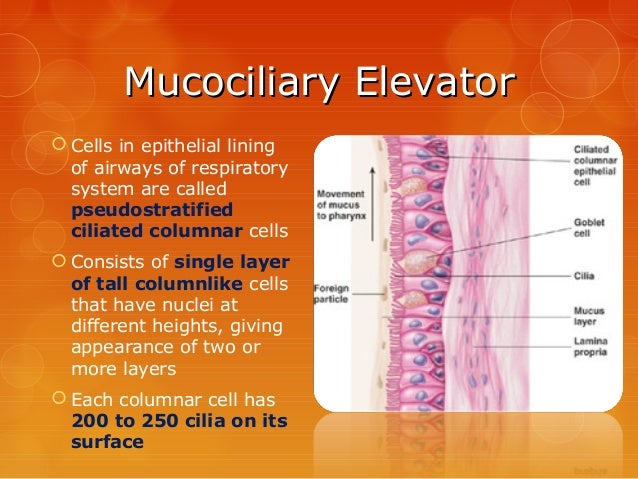Airborne Hazards
When gas is inhaled, the body uses the lungs and the respiratory
system to process it. The respiratory tract has multiple parts that consist of
three regions: the upper, middle, and lower regions. Naturally, each region has a different
function. The respiratory system begins with the upper part. This is called the
nasopharynx region or the head region. includes the nasal cavity and soft palate,
both of which are connected to the lower part by the pharynx, (also known as
the throat). Leading down the larynx brings you the tracheobronchial region.
This region includes the trachea, bronchi and lungs. The nasopharyngeal region
removes large particles, the tracheobronchial region moves air to the pulmonary
spaces. The pulmonary, or alveoli region. The pulmonary region takes care of the
gas exchange with the lungs through respiration.
The mucociliary elevator is an organ in the
body that humidifies gases and defends the lungs from infection of particulate,
chemical and microbiologic matter. This organ consists of single layer, stacked
cells that appear to be in different layers, separated into two parts: the
mucus-producing goblet cells and the ciliated epithelium. The cilia on the
epithelium are pulsating constantly, pushing mucus up and out into the throat. The
mucocilliary elevator catches infectious microorganisms and by getting them
stuck in the mucus, defending the body from infections.
Airborne Hazards are harmful air
pollutants that when inhaled, can lead to the development of cancer and other
diseases.
There are four ways to intake these pollutants: inhalation,
ingestion, injection and absorption. Airborne hazards are a concern for many
different workplaces. To reduce the chances of contamination through injestion
and inhalation, a dust mask or respirator is suggested to be worn in the concerned
workplace. Wearing these will help reduce the amounts of dust, gases,
biohazards, fumes or other particulates that can make an impact on the body.
Unrelated to wearing a mask or not, different people’s
bodies react differently to airborne hazards. The extent of the effect is having
can be less or more depending on how long the person contacted was exposed to
it, how much they were exposed, the concentration of the hazard in the air, and
whether they were wearing a type of protection or not. The negative health effects
are not always immediate, sometimes effects take years or even decades to
become apparent.
There are 5 airborne hazardous materials that potentially
could invade the respiratory tract. Gas, vapor, dust, mist, and fumes, in order
from smaller to largest, respectively.
Lung impairments fall into two categories: Obstructive lungimpairments and restrictive lung impairments. Obstructive lung impairments make it
more difficult to exhale completely from the lungs. Examples of obstructive
lung disease are emphysema, asthma, chronic bronchitis, and cystic fibrosis. Restrictive
lung impairments make it difficult to fully expand their lungs and chest to
fill them with air. Examples of restrictive lung disease are obesity,
autoimmune disease, scoliosis, idiopathic pulmonary fibrosis and interstitial
lung disease. The same central condition occurs for both: shortness of breath.


No comments:
Post a Comment
Note: Only a member of this blog may post a comment.